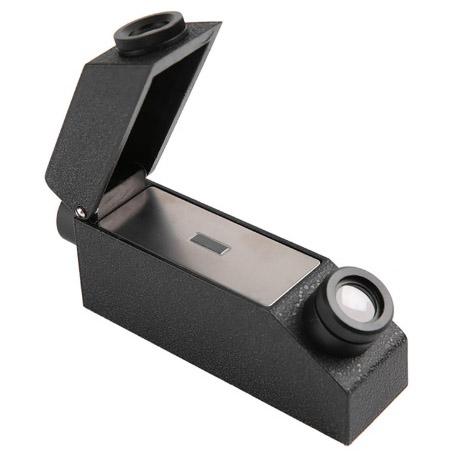Unlocking the Secrets of Natural Gemstones: A Guide to Using Refractive Index Testing
Unlocking the Secrets of Natural Gemstones: A Guide to Using Refractive Index Testing
Introduction:
Natural gemstones are a wonder of the Earth's geological history, coveted for their beauty and rarity. Whether you're a gem enthusiast, a jeweler, or just a curious soul with an eye for the extraordinary, understanding how to test for the authenticity of natural gemstones is essential. One of the most valuable tools in a gemologist's toolkit is refractive index testing. In this blog, we'll delve into the world of refractive index and discover how it can help you authenticate these precious treasures.
What Is Refractive Index?
Refractive index, often abbreviated as RI, is a fundamental property of transparent materials, including gemstones. It quantifies the speed of light as it passes through the material and changes direction, or refracts. This measurement is crucial for gemologists because different materials have distinct refractive indices, allowing us to distinguish between natural gemstones and their imitations.
The Basics of Refractive Index Testing:
- Equipment: To begin, you'll need a refractometer, a specialized instrument designed to measure the refractive index of gemstones. It consists of a light source, a prism, and a viewing lens. Gemologists worldwide rely on this tool for accurate testing.
- Clean Your Gemstone: Ensure the gemstone's surface is clean and free of any oils or dirt that may affect the reading. A dirty surface can lead to an inaccurate refractive index measurement.
- Illumination: Place the gemstone face-down on the illuminated platform of the refractometer. The light source will shine through the gemstone.
- Observe the Critical Angle: As light passes through the gemstone, it will refract and create a shadow line on the scale inside the refractometer. Observe this shadow line and measure the angle at which it occurs. This angle is the critical angle and is unique to each gemstone.
- Consult Reference Tables: Once you've determined the critical angle, you can refer to reference tables that list the refractive indices of various gemstones. By matching the critical angle to the refractive index, you can identify the gemstone with a high degree of accuracy.
Why Refractive Index Testing Matters:
- Authentication: Refractive index testing is a powerful tool for verifying the authenticity of natural gemstones. Imitation gemstones often have different refractive indices, making it easy to spot fraud.
- Identification: Natural gemstones come in a wide variety, and refractive index testing helps distinguish between gemstone species. For example, the refractive index of a ruby is different from that of an emerald.
- Enhanced Buying Confidence: Whether you're a buyer or a seller, understanding refractive index testing gives you confidence in the gemstone's identity and value, ultimately leading to better transactions.
Conclusion:
Refractive index testing is a valuable skill for anyone involved in the world of natural gemstones. It empowers gem enthusiasts, jewelers, and gemologists to authenticate, identify, and assess the quality of these stunning treasures. By understanding the basics of this technique and investing in a quality refractometer, you can unlock the secrets hidden within the world of gemstones and enjoy a deeper appreciation of their beauty and rarity

Recent Posts
-
Understanding Specific Gravity (SG) in Gemstones
When it comes to identifying gemstones, beauty alone isn’t enough. Gemologists rely on physical p …18th Sep 2025 -
Discover the Magic of Madagascar Blue-Green Sapphire
Discover the Magic of Madagascar Blue-Green Sapphire If you’re a gemstone lover, you’ve surely heard …11th Jul 2025 -
Champagne Sapphire: A Unique Sparkle in the Sapphire Spectrum
Champagne Sapphire: A Unique Sparkle in the Sapphire Spectrum Champagne sapphire is an elegant and u …26th May 2025